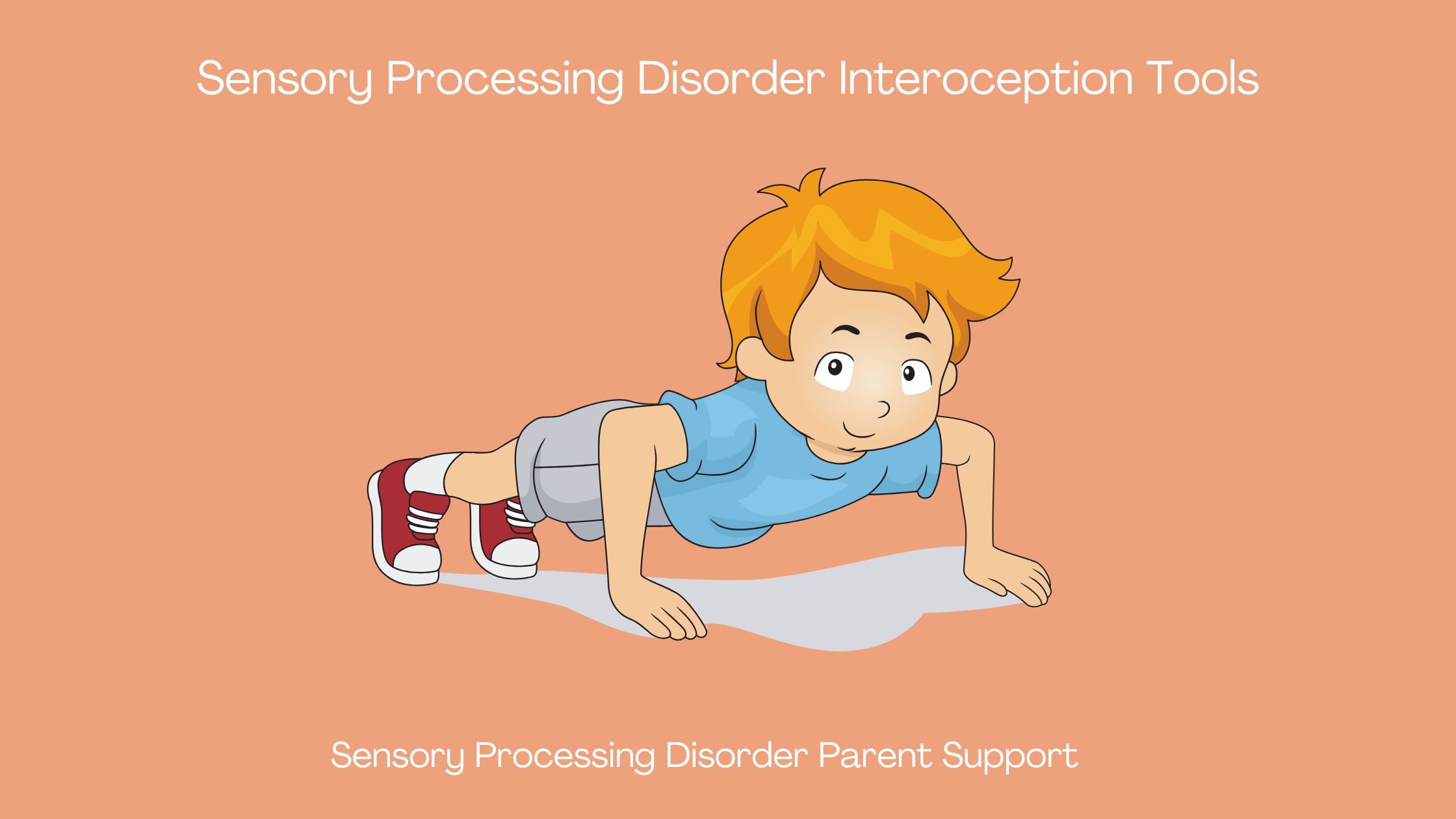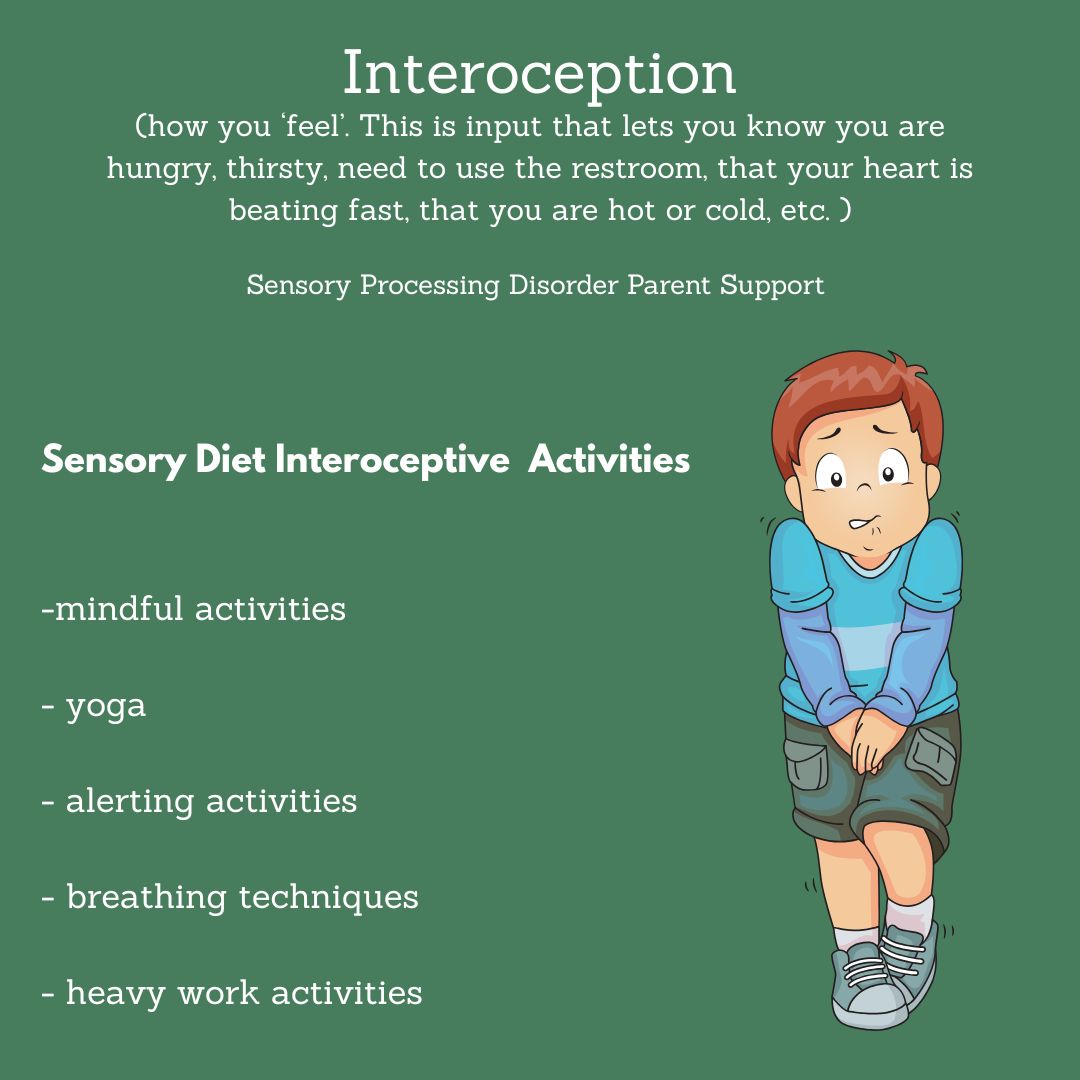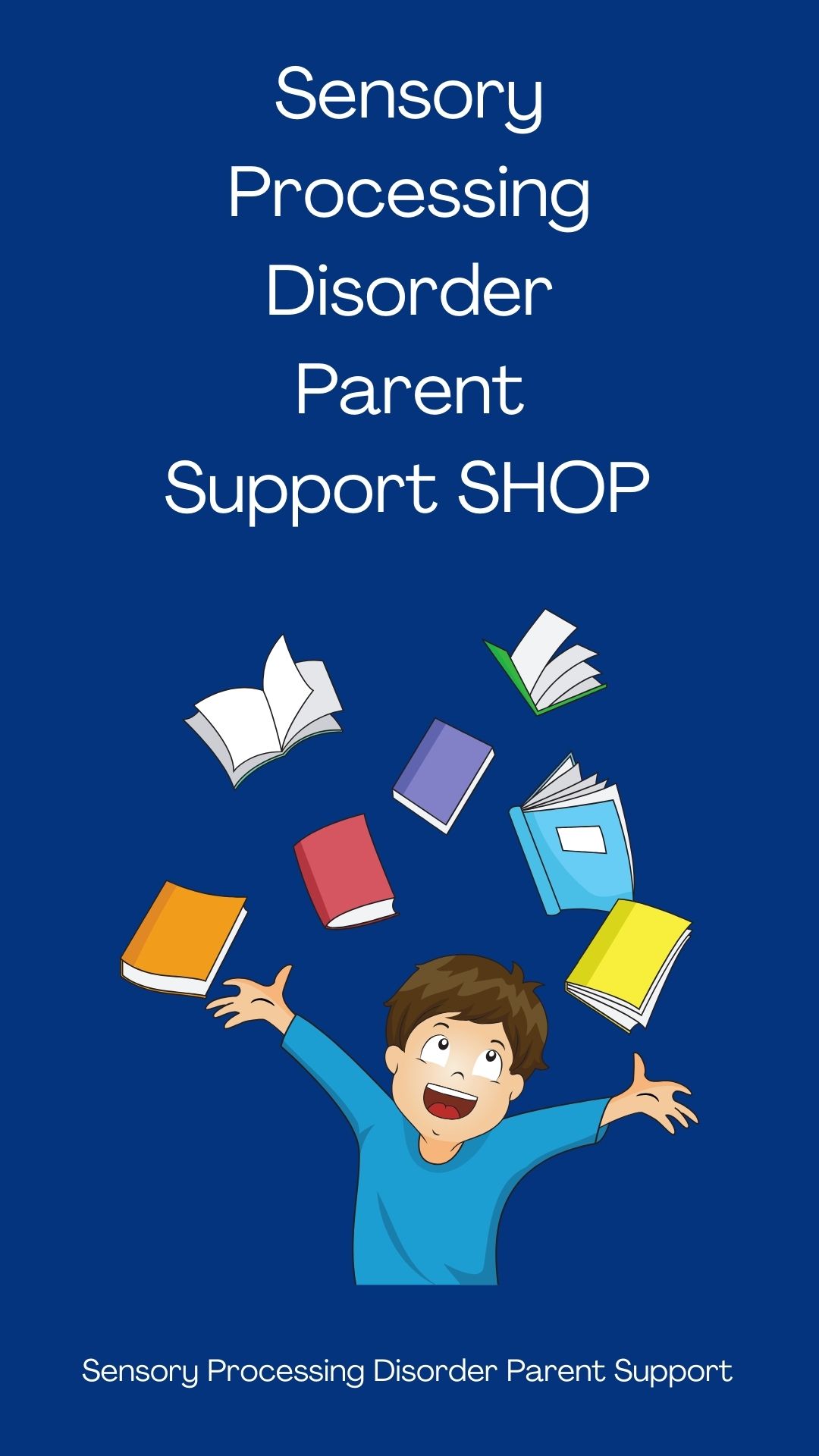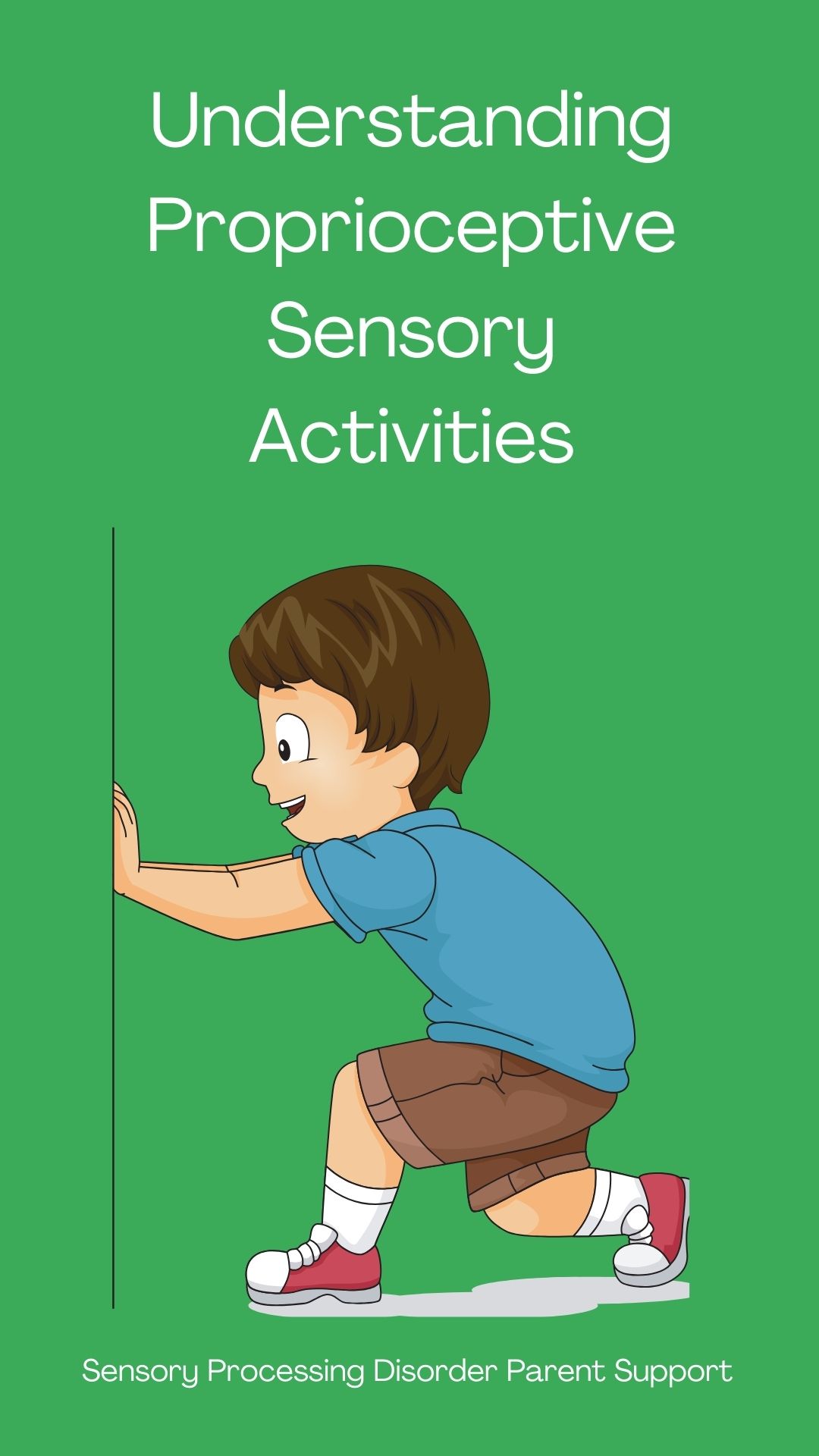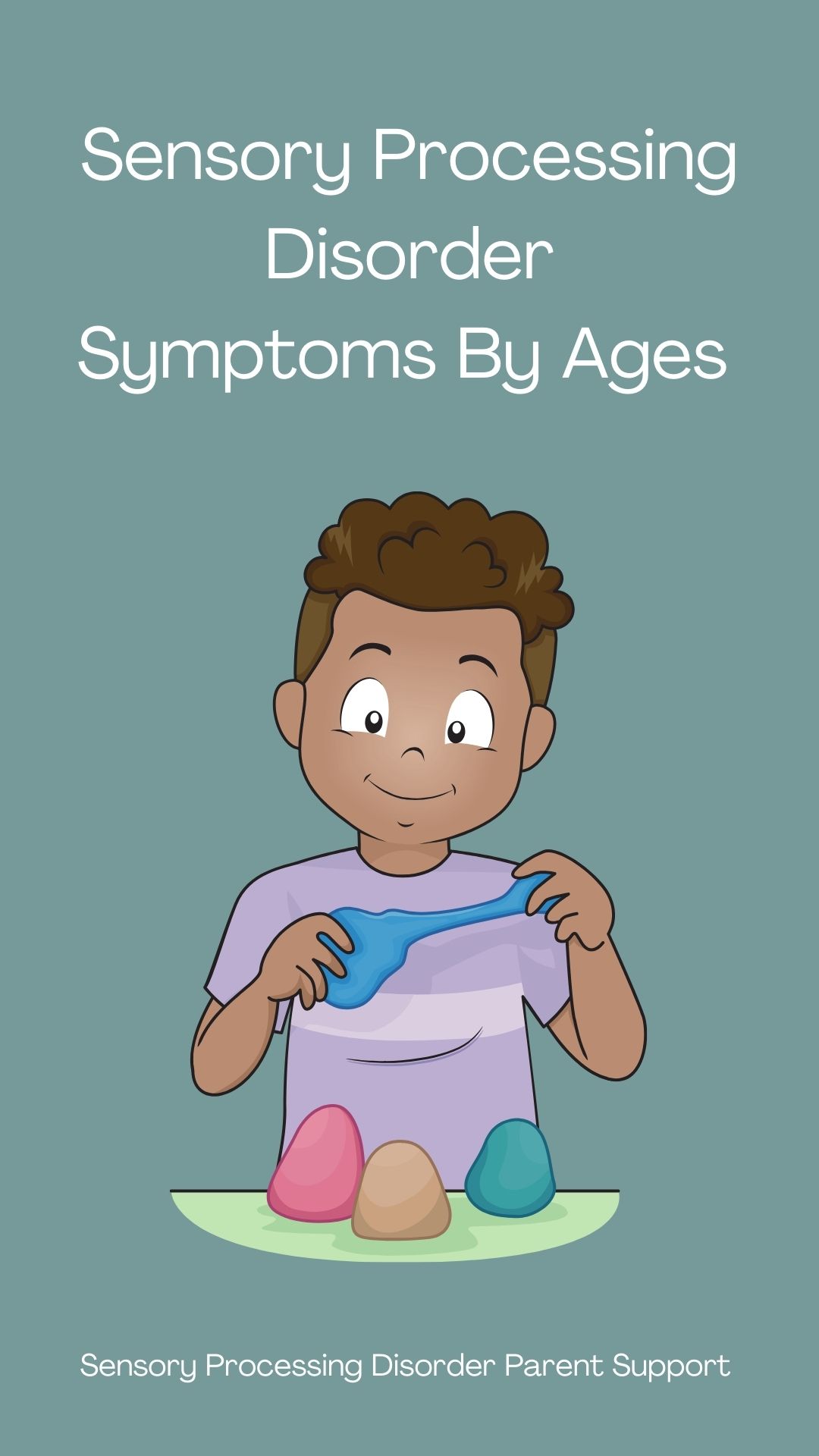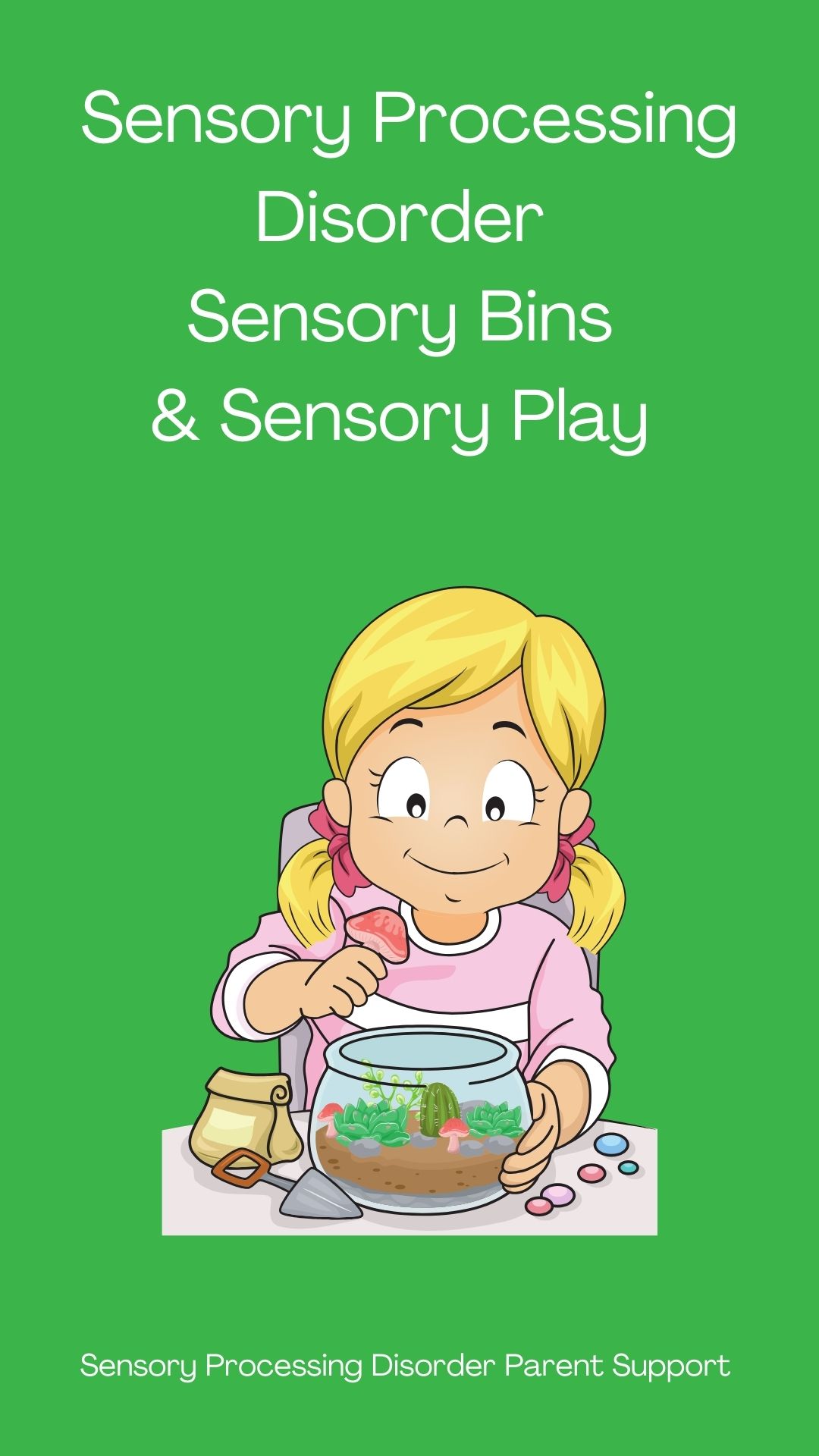
Sensory Processing Disorder Parent Support
Sensory Processing Disorder Interoception Tools For Children
Children with sensory differences ... painting the world beautiful.
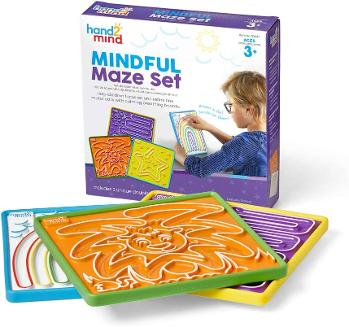
Amazon
Hand2mind Mindful Maze Breathing Boards
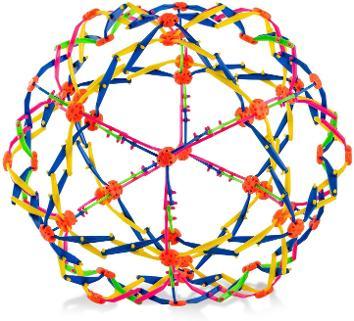
Amazon
Expandable Breathing Ball Toy Sphere
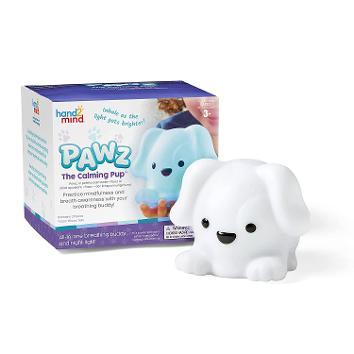
Amazon
PAWZ The Calming Pup Deep Breathing
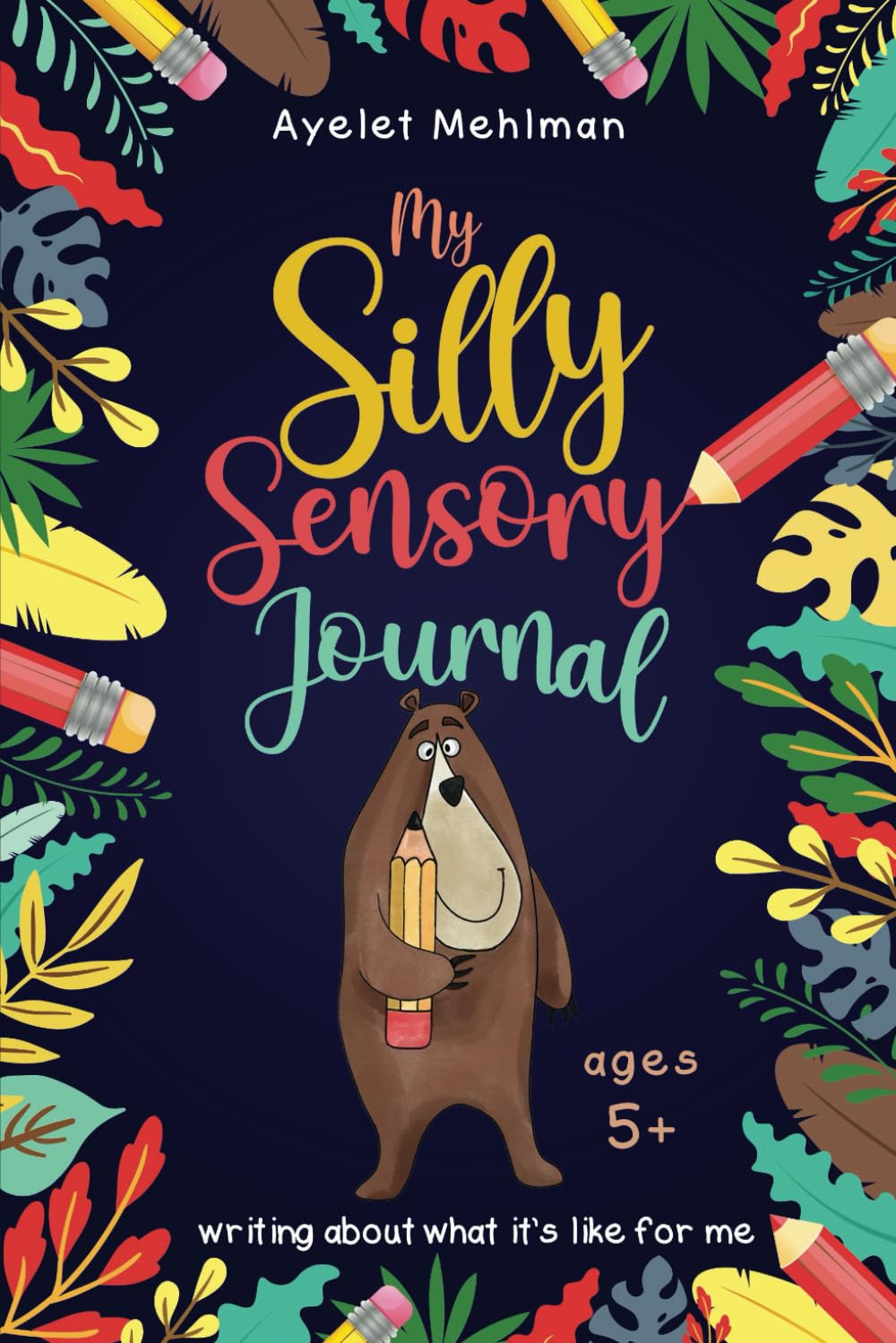
Amazon
My Silly Sensory Journal
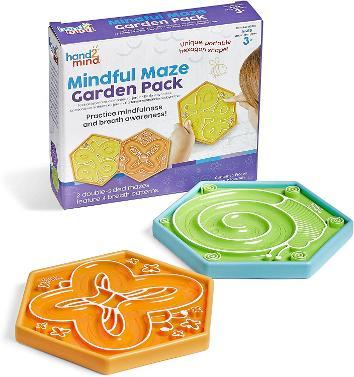
Amazon
hand2mind Mindful Maze Garden Pack
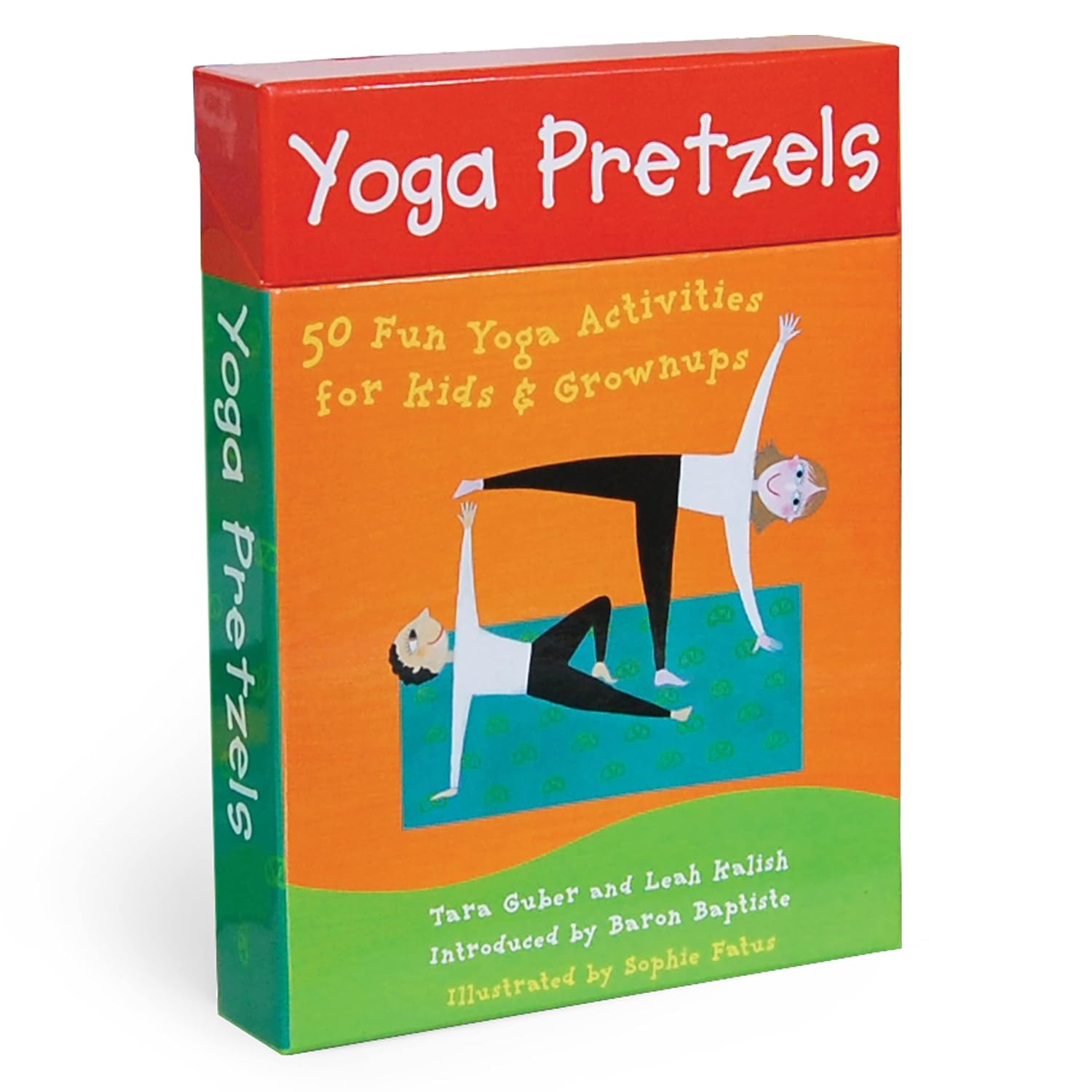
Amazon
Yoga Pretzels 50 Fun Yoga Activities for Kids
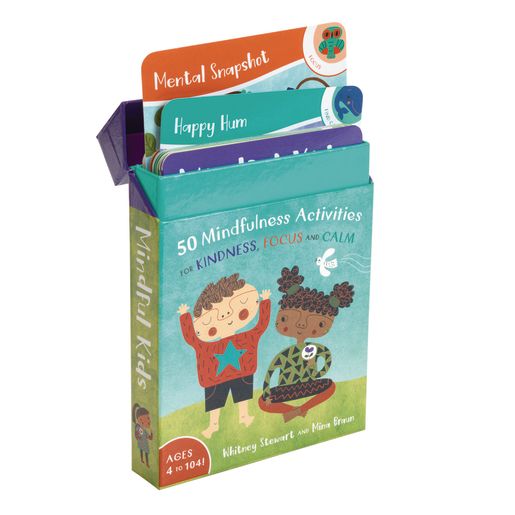
Amazon
Mindful Kids 50 Mindfulness Activities
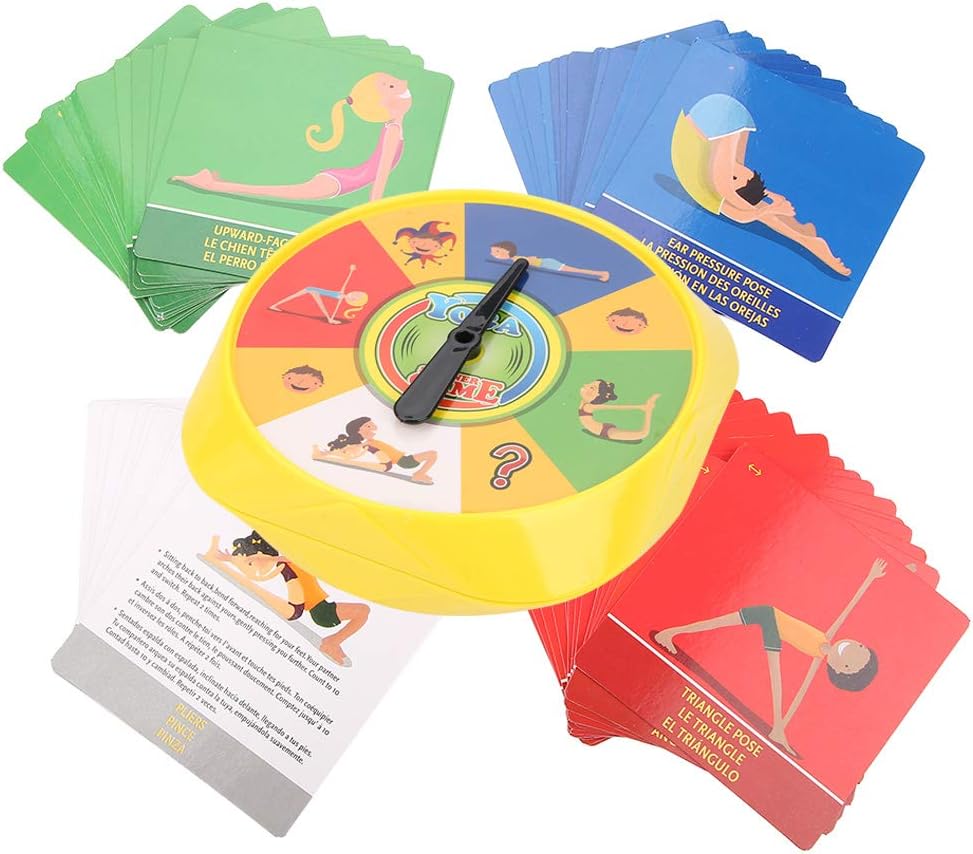
Amazon
Yoga Pose Kids Cards Yoga Spinner Game
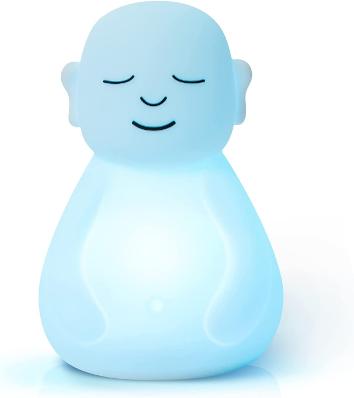
Amazon
Breathing Buddha Mindfulness Meditation
